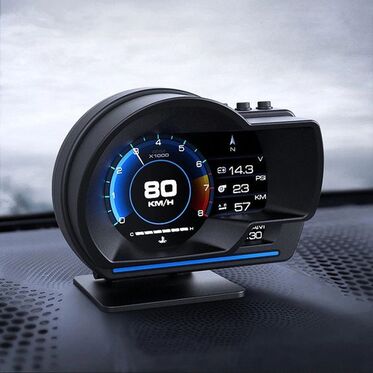|
The Engine Control Unit (ECU) is a critical component in modern vehicles, responsible for managing various aspects of engine performance. Among its vital functions, ECU torque monitoring ensures optimal power delivery and efficiency. This comprehensive guide aims to provide advanced insights into ECU torque monitoring, common failures, and Diagnostic Trouble Codes (DTCs) associated with it. By understanding these intricacies, automotive enthusiasts and professionals can enhance their knowledge and address issues effectively.
Understanding the ECU torque monitoring function, potential failures, and associated DTCs is crucial for maintaining optimal engine performance and diagnosing issues effectively. By recognizing the significance of torque monitoring and its impact on power delivery, drivetrain protection, and emission compliance, automotive professionals and enthusiasts can ensure their vehicles perform at their best. Regular maintenance, sensor calibration, and software updates are essential to mitigate potential failures and ensure the smooth functioning of the ECU torque monitoring system. Comments are closed.
|
Auto Tuning Blog “The content provided is for educational and informational purposes only.”
Categories
All
|
Please note that we don't accept Orders / support requests sent direct to our email address.
Electronic Repair Company |
|
|
All Rights Reserved, ©2024 Electronic Repair Company



